A delicious food and a potent medicine! Discover how to grow and use kefir, a homemade yogurt that is powerful against low immunity and candidiasis!
You may not even know what it is, but you’ve certainly heard someone talking about kefir at some point in your life. For those who are not familiar with the term, its appearance is very similar to curdled milk, its flavor is that of yogurt and, in fact, it is the product of the fermentation of tiny bacteria that are very beneficial to the body.
In addition to being tasty and helping with weight loss, kefir also acts as a type of natural antibiotic, killing bad bacteria and cultivating good ones. This is how, for example, it has an excellent role against candidiasis, for example.
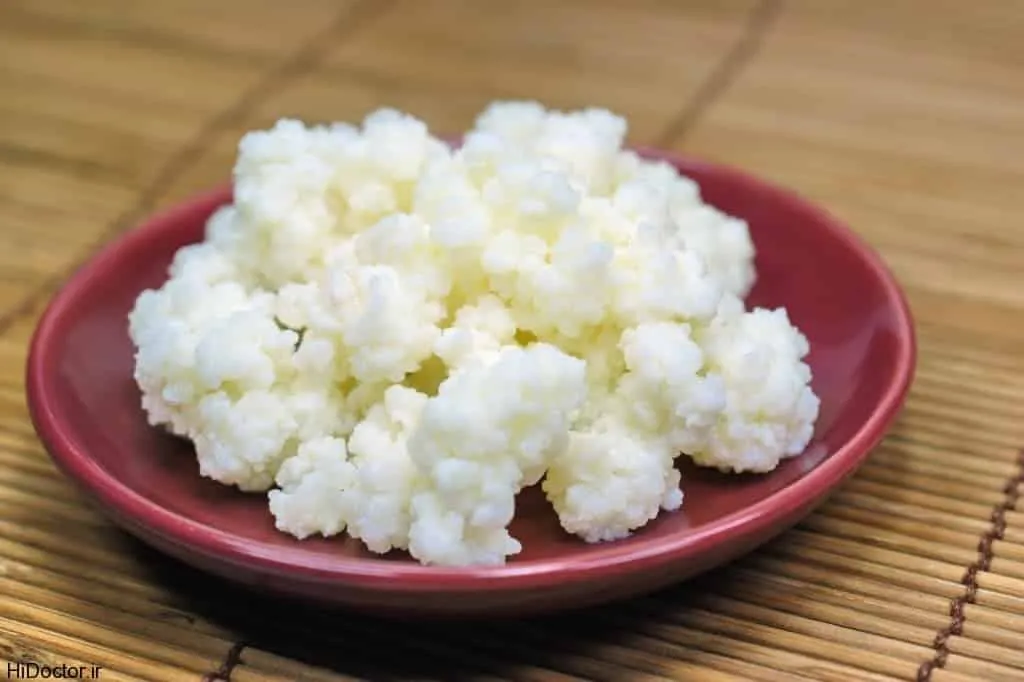
And the benefits of kefir are long overdue. The food also helps to make the immune system more resistant, not to mention improving the intestinal flora.
Now, if you’re ready to start consuming kefir, the first thing you need to know is that it is a living organism and needs to be grown at home. Another important point is that kefir is not sold, but its “seedlings” or “colonies” are shared. There are even groups about this on the internet, you know?
How to make kefir?
Once you get your little batch of kefir, you need to grow it and make it grow. For this, there is nothing better than providing food to the colony, which can be two: milk or water, depending on what type of kefir it is.
Kefir de leite
This type needs cow’s or goat’s milk to survive, but you can also use other types of dairy drinks to feed it, such as yogurt, soy milk and even coconut milk.

To keep it alive, you must place a tablespoon of your grains in a glass canning jar with two cups of milk (or any other option we just mentioned). Then just cover the pot with a loose cloth, like tulle, and leave it in the fridge.
Between 36 and 48 hours, the mixture will begin to ferment. What should be consumed is the fermented liquid, which must be strained. As these are bacteria that feed on milk, the end result will be very similar to yogurt, which can be consumed this way, transformed into cheese and used in various types of recipes, such as bread.
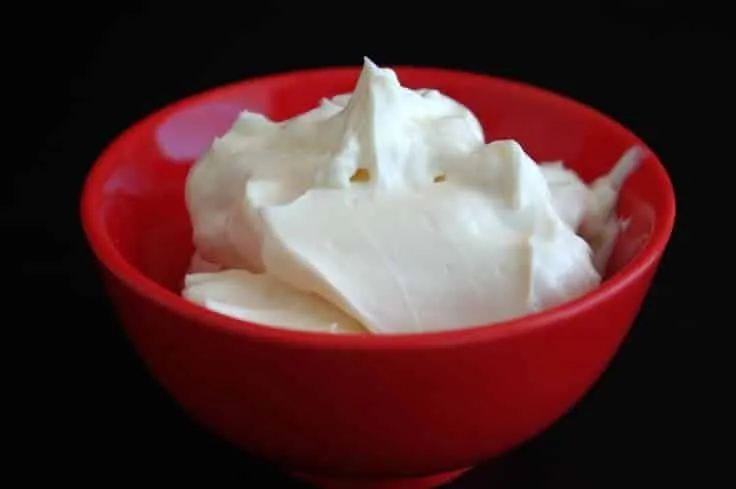
The granules that remained in the sieve, however, are the kefir itself and must be stored again in the milk, as we teach.
water kefir
If your kefir is water, to feed it you basically need to follow the steps above, but using coconut water or mineral water with brown or demerara sugar. This, in fact, is the best option for those who are allergic or intolerant to lactose.
Once ready, you can consume the water as you see fit, as in juices, for example.
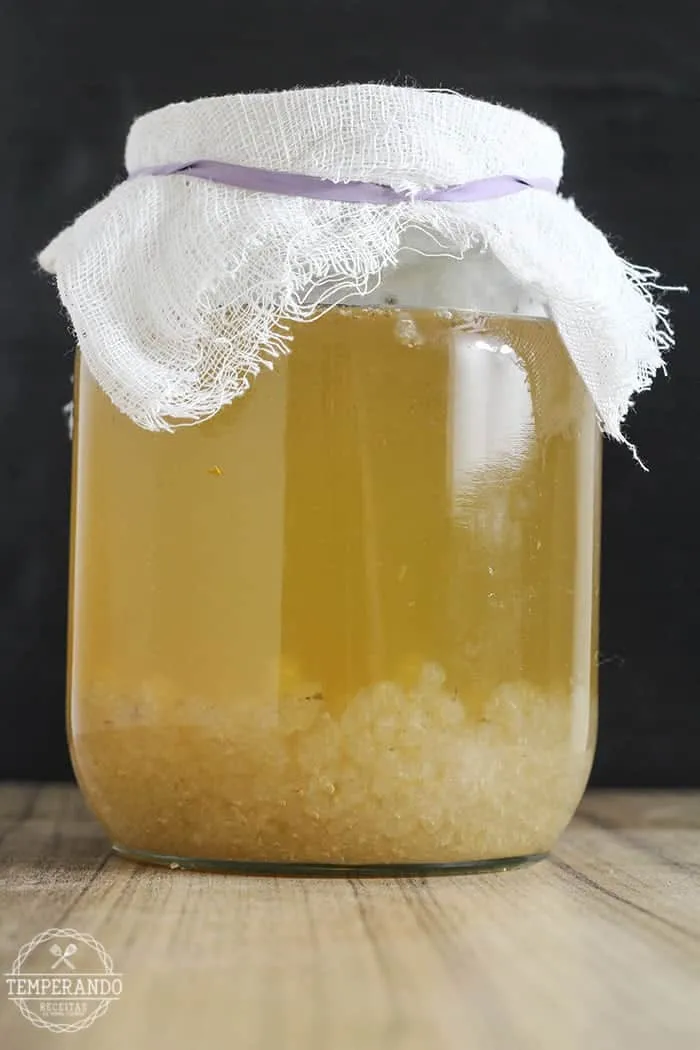
How to grow?
Since the kefir grains are not consumed, your colony lives forever if given the correct care. But, of course, the liquid that feeds it always needs to be changed.
Kefir can also be continuously fermented or dehydrated and frozen for later use. Then just defrost the grains and leave them in the mixture that feeds them according to their type.
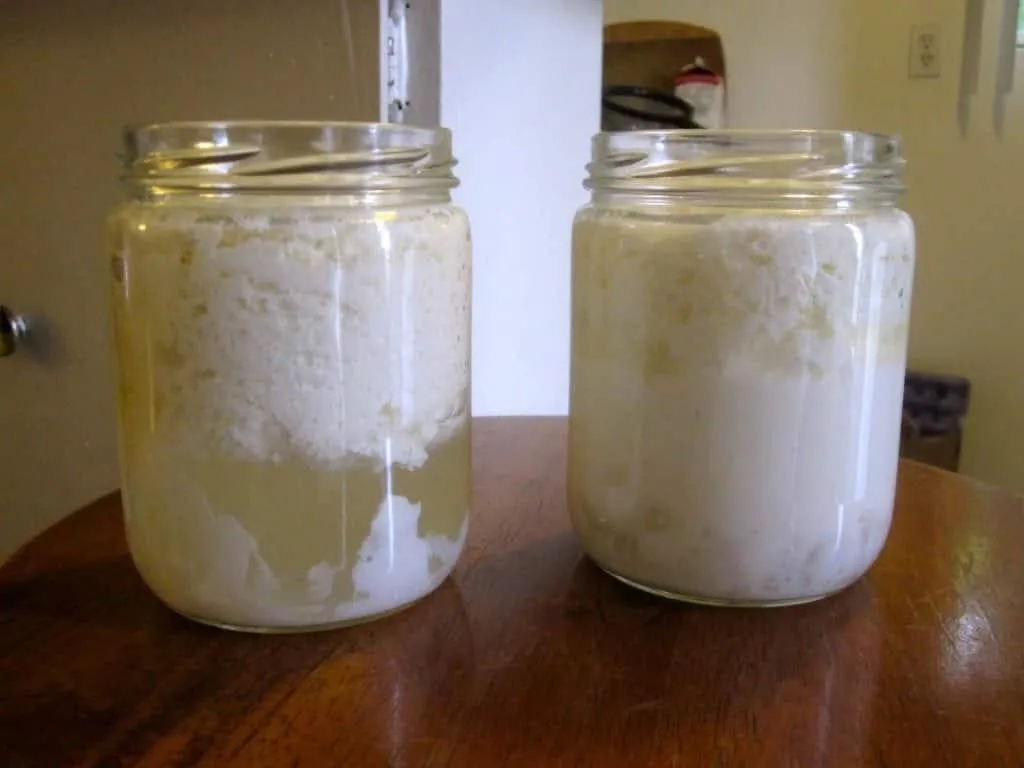
Special cares
. Metal containers or cutlery should not be used to preserve or prepare the colony’s food, as the material may interfere with the final product.
. Once ready, the kefir needs to be kept in the refrigerator and the water or milk stored, so that the microorganisms do not die.
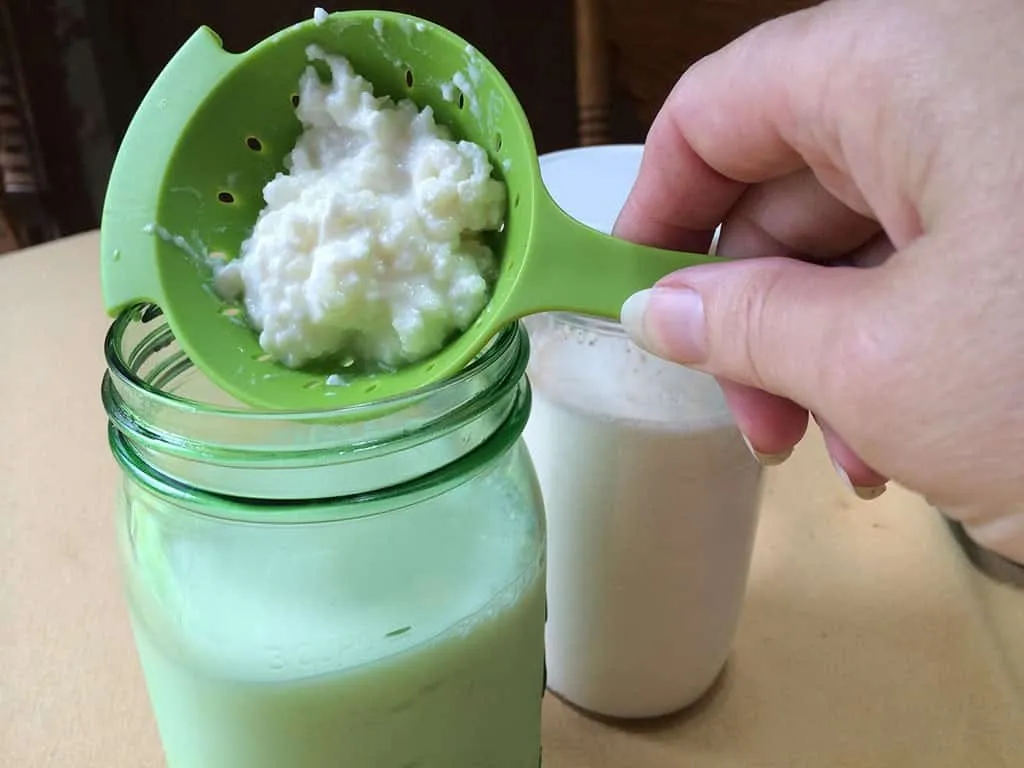
. If the consumable part spends more than 36 hours without contact with the substrate, it must be discarded.
So, how about starting to grow your own kefir and boost your immune system? If you already have one or know where to get one of these microorganisms, be sure to tell us in the comments.
Now, speaking of diet foods (which are probiotic), see also: how to make homemade natural yogurt.
Source: Vix, Temperando

Sign up for our newsletter and stay up to date with exclusive news
that can transform your routine!
Warning: Undefined array key "title" in /home/storelat/public_html/wp-content/plugins/link-whisper-premium/templates/frontend/related-posts.php on line 12
Warning: Undefined array key "title_tag" in /home/storelat/public_html/wp-content/plugins/link-whisper-premium/templates/frontend/related-posts.php on line 13

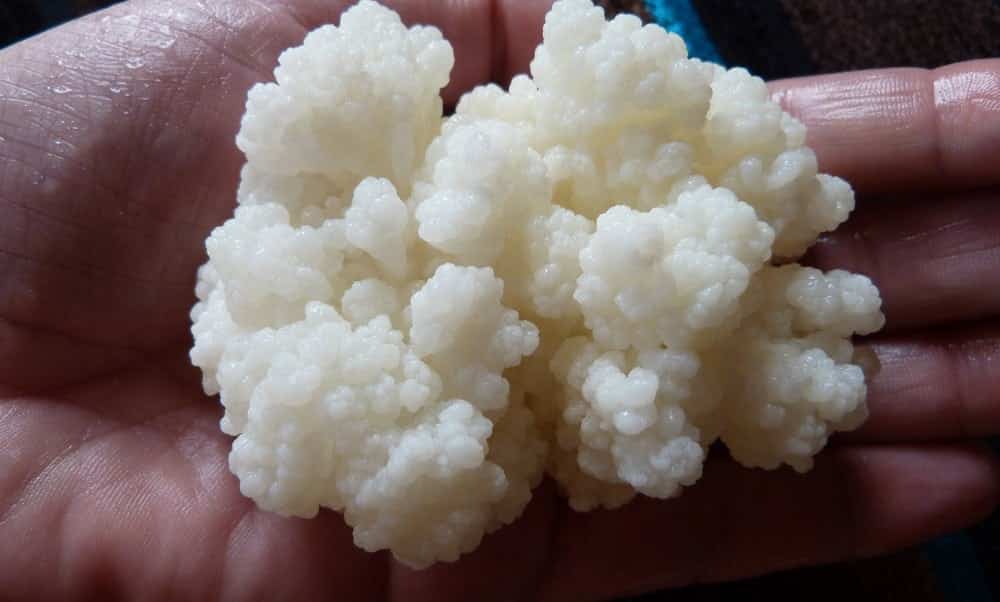

![Como fazer Nutella caseira prática e deliciosa [receita]](https://storelatina.com/wp-content/uploads/2024/05/1715411951_How-to-make-practical-and-delicious-homemade-Nutella-recipe-305x207.jpg)
